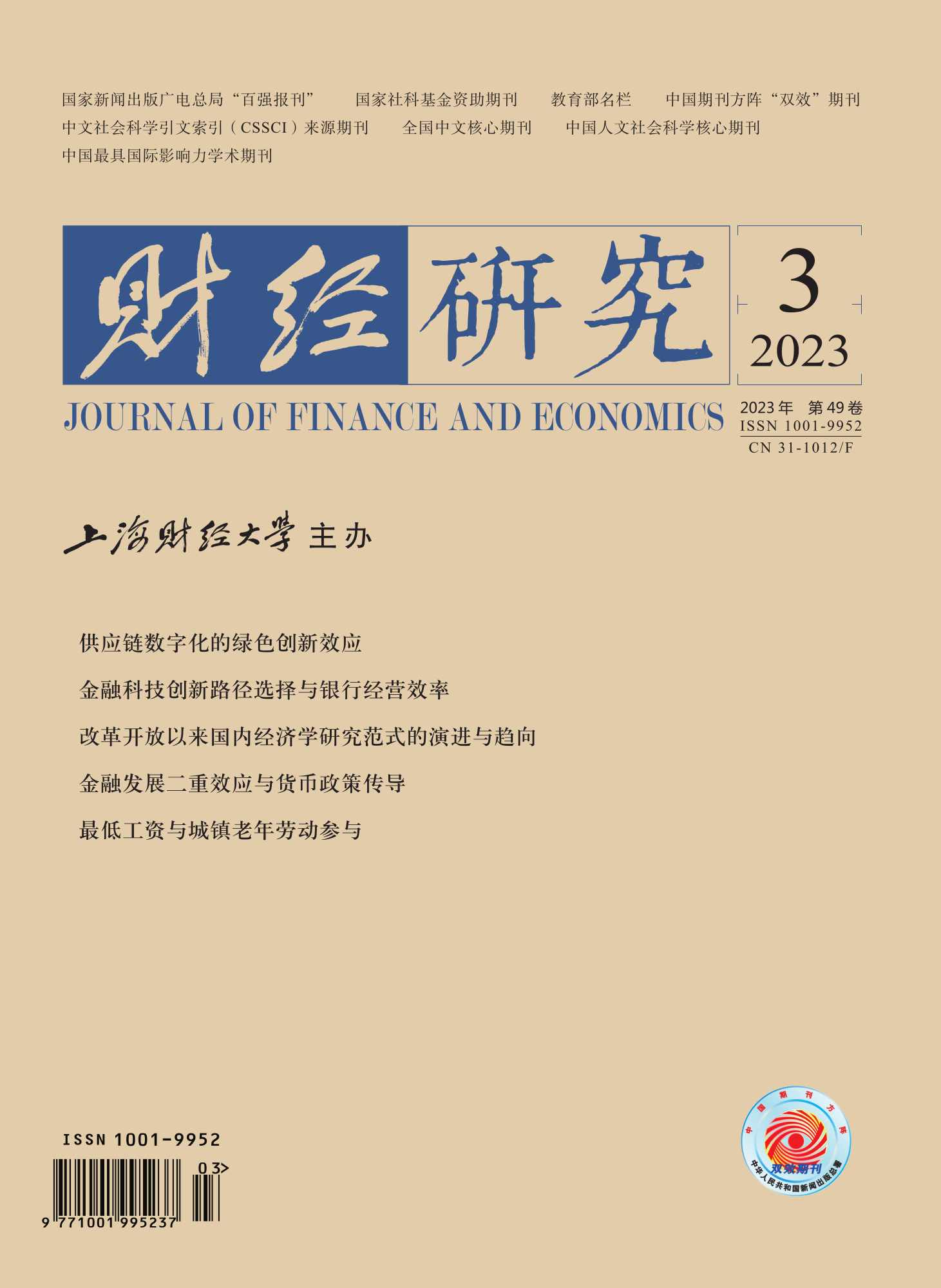The development of economics can be described as the formation, innovation and transformation of paradigms. Since the reform and opening up, a series of important achievements have emerged in Chinese economics research, which provides the basis and necessity for creating new theories, guiding new practices and leading new paradigms. However, few studies have examined the evolution of Chinese economic research paradigms from the perspective of the overall discipline, and there is a lack of in-depth investigation into its intrinsic motivations.
This paper takes 400 highly-cited papers from the CNKI database from 1978 to 2017 as the sample, and focuses on the two special citation phenomena of “Sleeping Beauty” and “Flash in the Pan” to analyze the evolution and trend of Chinese economics research paradigms. The results show that:Chinese economics research has a distinct multi-layered structure, with “Sleeping Beauty” and “Flash in the Pan” corresponding to the marginal and mainstream research in it, vividly demonstrating the profound and rapid transformation of paradigms since the reform and opening up. In terms of transformation features, the research focus has always been consistent with the focus of real economic reform, but the selection of time and space span tends to be clear, and research methods tend to be quantitative and mathematical. These new features appeared in the “Sleeping Beauty” originally, which indicates that the transformation is not a copy or follower of the international academic community, but a highly conscious and continuous process. In terms of transformation motivations, the academic community, composed of researchers, universities and academic journals, has played a vital role in this process. On the one hand, the authors tend to be younger, more collaborative and cross-sectional in background. On the other hand, the polarization of universities and academic journals has diminished. The above trends significantly promote the transformation of economics research paradigms and pave the way for the emergence of original theories and achievements.
This paper has the following academic value: First, in terms of research objects, it expands the scope from a certain branch of economics to the whole, which systematically presents the overall picture of the paradigm transformation of the discipline, and has great practical significance for the development of economics with Chinese characteristics. Second, in terms of research methods, the comprehensive application of bibliometrics and history of economic thought helps to fully understand the multi-layered structure of academic history, revisit the valuable academic resources which were marginalized in the past, and promote the construction of new theories, ideas and even fields. Third, in terms of research conclusions, it reveals that the economics research paradigm is historical, which is mainly an adaptation to the social needs and existing technologies at that time.





 6846
6846  6399
6399

